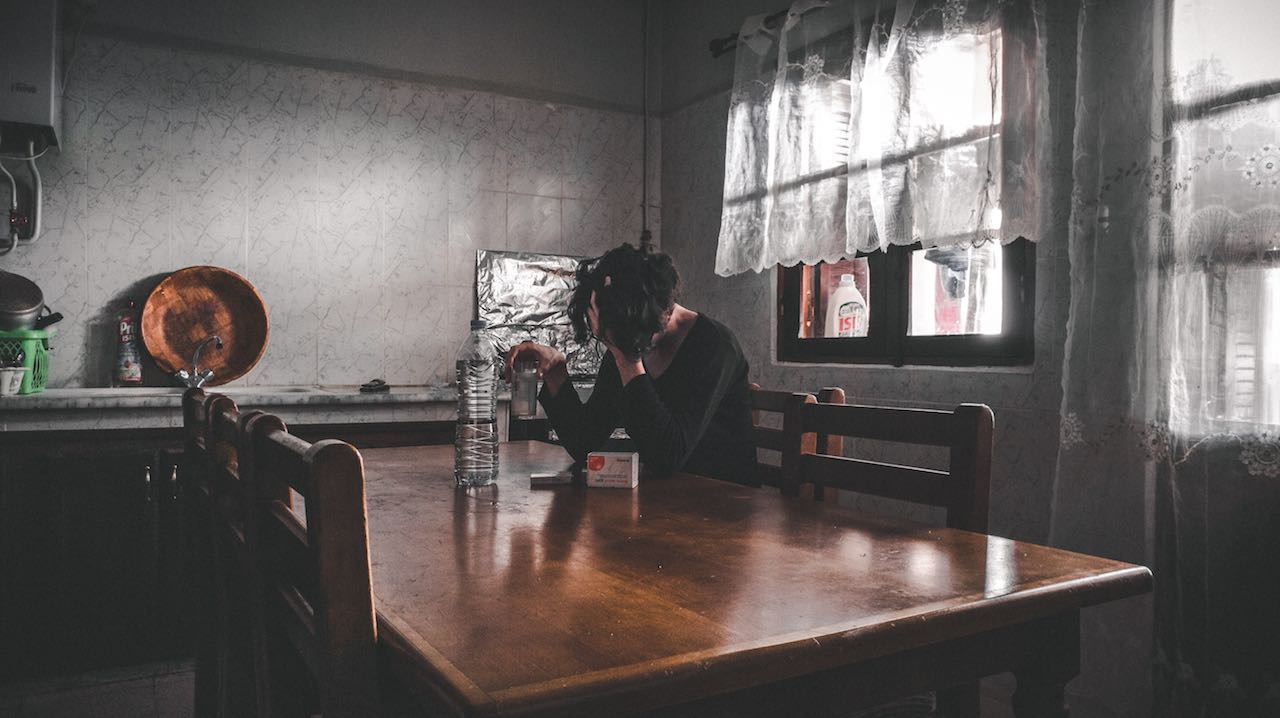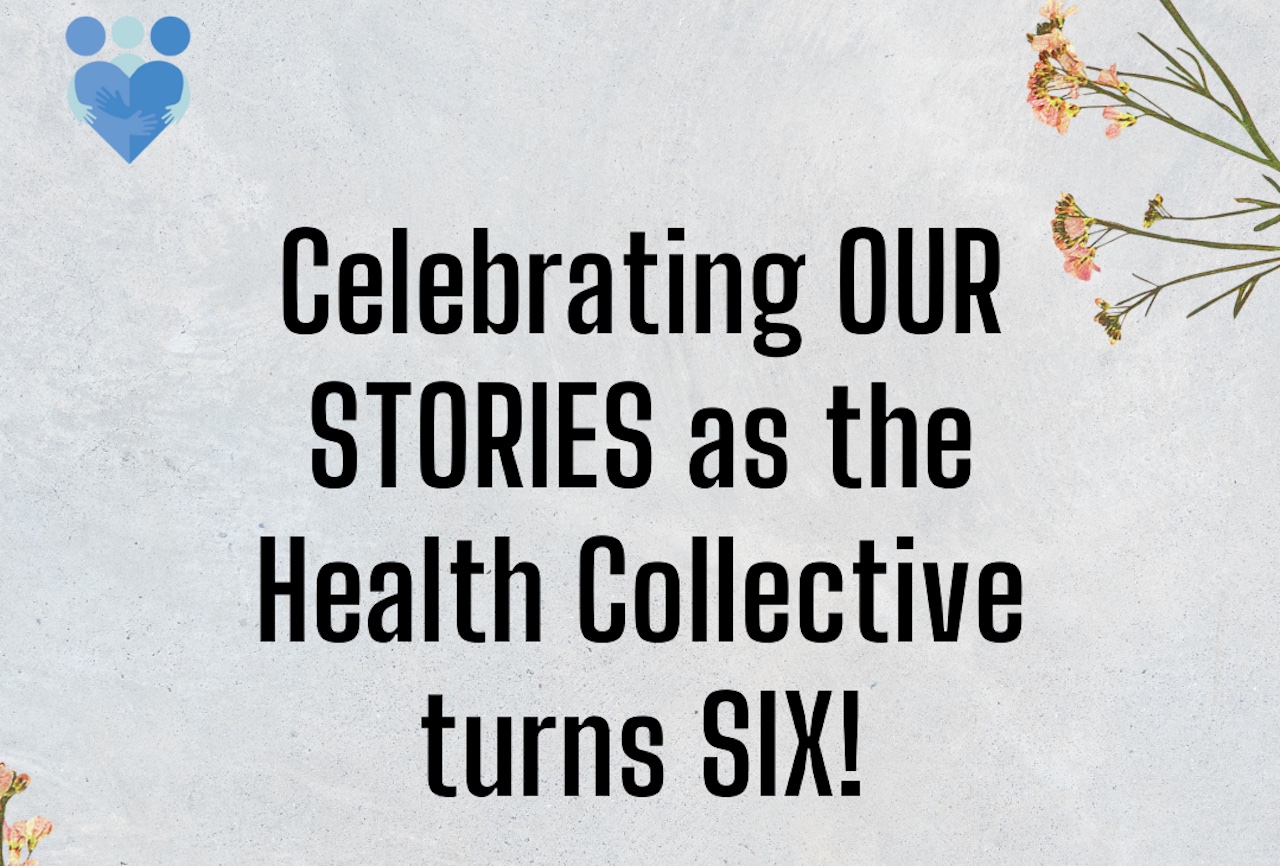India for Mental Health: In the Covid-19 era, is our disability pension system failing those who need it the most?
This story is reported as part of the India for Mental Health Fellowship launched in 2020 by Indiaspend in partnership with The Health Collective.
You can read the first piece in the series here.
By Riddhi Dastidar
New Delhi: Jalaluddin Kazi*, 38, lives with bipolar disorder and often has seizures. A resident of North Dumdum near Kolkata, he drove a rented electric rickshaw to support his wife and two children, on days he was able to work. His wife Jahanara Bibi*, 30, sold household cleaning items in the neighbourhood. The family’s monthly income was Rs 2,000-2,500, on average. When the nationwide COVID-19 lockdown was imposed in March, both the Kazis lost their livelihood. By May, the family had exhausted their savings, and shopkeepers refused to give them credit.
Jalaluddin was forced to ration his medication and his health deteriorated. He had constant headaches, increased irritability and paranoia, said Jahanara. They were able to visit the public hospital in Park Circus, which dispensed free medication, after a gap of three months, in an ambulance arranged by a non-governmental organisation (NGO).
For Chabi Khatun*, 26, in the same neighbourhood, lack of medication during the lockdown meant frequent seizures, fainting and trembling hands. There was also little to eat, with her domestic helper mother and bus conductor father both out of work.
For about 200 million such Indians living with psychosocial disabilities, according to a study in the Lancet medical journal, and for their families, the disruption in essential services like free medication during the lockdown compounded the impact of the COVID-19 pandemic, as IndiaSpend has previously reported. A government estimate of such Indians is much lower. Around 3.9 million persons live with psychosocial disabilities, a survey by the National Statistical Office (NSO) found in 2018.
People with psychosocial disabilities — such as mental illnesses including depressive and anxiety disorders, and intellectual disorders including dyslexia or Down syndrome — are prevented from being able to participate fully in society by barriers such as societal stigma and attitudes, and lack of educational and employment opportunities. Government financial support during and since the lockdown for persons with psychosocial disabilities from low-income families, many of which had lost income, was inadequate, IndiaSpend found.
Further, existing support such as a disability pension was either delayed by COVID-19-related closures, or not released at all, a survey of persons with disabilities across 25 states revealed in May. Around 57% of respondents who faced challenges because of the lockdown reported facing a financial crisis.
As part of our Mental Health Fellowship in partnership with The Health Collective, IndiaSpend interviewed dozens of people with psychosocial disabilities, caregivers, activists, doctors, lawyers, policy experts and social workers after the lockdown, between July and December 2020. Even before the pandemic, out-of-pocket expenditure on healthcare for low income families coping with disability far outweighed their means, putting people with psychosocial disabilities at risk of long-term institutionalisation, or homelessness, these conversations revealed.
Filling gaps in government support
Anjali, an NGO in West Bengal, has been providing financial assistance and rations to families like Jalaluddin’s since March. It dispensed grants of Rs 2,000-2,500 through its urban mental health programme Janamanas in collaboration with the Kolkata Municipal Corporation. “But why should an NGO do this? It should be the responsibility of the state,” said Shampa Sengupta of the National Platform for Rights of the Disabled (NPRD).
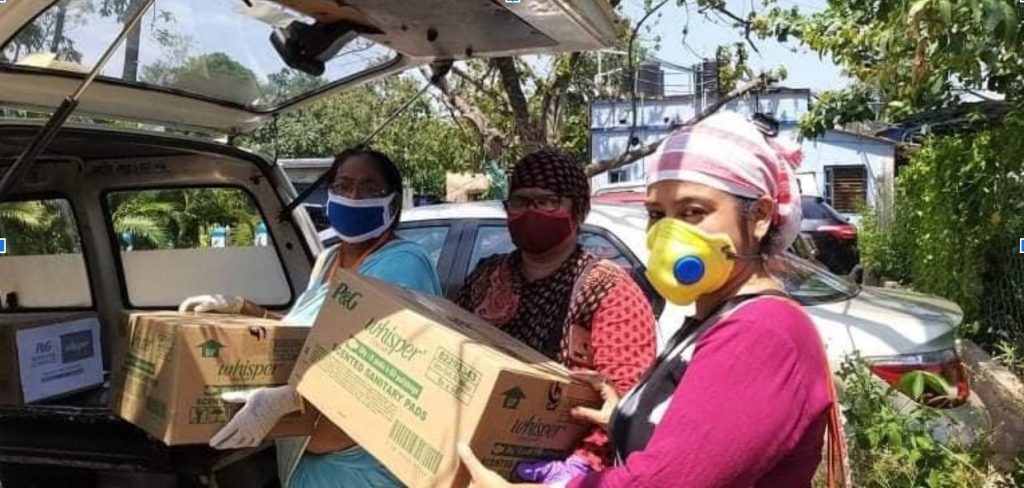
On March 26, day two of the lockdown, the central government announced aid of a total Rs 1,000 over three months to persons with disabilities, who were already receiving a pension under the National Social Assistance Programme (NSAP). “The value of the emergency cash transfer worked out to less than $5 per month, which was grossly inadequate,” Satendra Singh, disability activist, told IndiaSpend. “It should have been $1.9 per day, as per the International Labour Organization recommendation, or Rs 5,000 per month. Further, [the eligibility meant] only 8% of working age adults with disabilities [were covered].” In its COVID-19 response, the United Nations Economic and Social Commission for Asia and the Pacific (UNESCAP) urged countries to cover the “missing middle”–a group whose income often disqualifies its members from poverty-targeted schemes in which they do not have to contribute. At the same time, many do not participate in contributory schemes (such as the Employees’ Provident Fund) due to the informal nature of their work. “While they make ends meet during prosperous periods, they face the risk of falling into poverty if they encounter modest shocks and stresses to their livelihoods.” COVID-19 proved to be exactly such a shock for many of the families IndiaSpend interviewed.
In May, over 73% of 1,067 persons with disabilities surveyed in 25 states by the nonprofit National Centre for Promotion of Employment for Disabled People (NCPEDP) said they were facing challenges because of the lockdown; 57% reported facing a financial crisis and 13% said they were not able to access rations.
In Jharkhand and Bihar, disability pensions–already five months late–were released slowly during the lockdown and in other states such as Maharashtra, pensions had not been released at all, said the NCPEDP report. S. Namburajan, head of NPRD in Tamil Nadu, told IndiaSpend that transport restrictions hampered the distribution of the disability allowance during the lockdown. As of December, he said, only about 50% of disabled persons in Chennai had received the Rs 1,000 aid announced in June.
While 42% of working-age persons with disabilities were covered by state schemes, there were wide disparities in additions to the Centre’s cash transfer between states, with Bihar adding nothing and Andhra Pradesh adding Rs 2,000, according to the ‘Too Little Too Few’ (TLTF) report from May. Large sections of the non-worker population and people without disability certificates were excluded from cash transfers, and persons without ration cards were excluded from efforts to distribute ration kits through public distribution systems. Kerala was alone among states in adopting a universal approach toward ensuring food security during the lockdown, said the TLTF report.
Both the NCPEDP and TLTF reports recommended that the central government increase the cash transfer to Rs 5,000, and that states urgently expand the eligibility criteria for disability allowance. The National Human Rights Commission also urged expansion of aid efforts to all persons with disabilities seven months into the pandemic. However, there was no enforcement of the recommendations, Arman Ali, executive director of NCPEDP, told IndiaSpend.
“For [persons with disabilities and caregivers] who were engaged in informal work, the pandemic brought job losses, pushing the already vulnerable further to the edge,” Chennai-based Lakshmi Narasimhan, head of research at the Banyan, a nonprofit which works with homeless people living with mental health issues, told IndiaSpend.
During the lockdown, organisations such as Anjali and Banyan, which support persons with psychosocial disability in different states, redirected their efforts towards emergency relief measures, supplying direct cash transfers, ration kits, mobile phone recharges and other immediate necessities to their beneficiaries.
“We have to go beyond the medical model [restricted to treating mental illness with medicine],” said Chitra Venkateswaran, founder of Mehac Foundation. “Uninterrupted access to medication for chronic mental illness is crucial but you also have to look into whether the family’s [immediate] needs are taken care of.” Mehac, which provides community-based mental health care as part of the state health system in five districts of Kerala, also distributed government ration kits during the lockdown. They also provided essentials like mobile recharge and sanitary napkins that the government kits did not cover.
“Since COVID-19, most residents [at the Banyan’s housing initiative in Kerala] lost outside employment and we had to scale up our livelihood option,” Bincy P. Chacko, senior staffer, told IndiaSpend in August.
Barely getting by, from one day to the next
The cost of providing their children with disabilities with a good quality of life far outstrips the means of low income parents, and this often leads to debt. Nearly three in five–58%–of persons with intellectual disability need high support, requiring assistance for every daily activity, according to the NSO report. One in three persons with mental illness (36%) needs high support.
Parichay Ghosh*, 17, lives with neurological and intellectual disabilities in Birati, North Dumdum, and requires high support. His father Subhash*, 63, is an electrician, whose monthly income of Rs 8,000 was disrupted by the lockdown. Parichay’s medication costs Rs 500 per month. Anjali provided Subhash with two grants of Rs 2,000 each.
Over the years, Subhash has taken Parichay to many doctors and specialists to treat his dangerously high fevers and neurological issues. In 2009, he took a loan and travelled with Parichay to Christian Medical College (CMC), Vellore, after which Parichay first started to speak at age six. Ever since, Subhash has been taking loans to visit CMC annually.
Elsewhere in Birati, 14-year-old Aditi Dutta and her family face similar issues. Her father Ashim, 52, a clerk at a private school, saw his monthly salary of Rs 6,000 cut after the lockdown. The family received aid of Rs 2,000 thrice from Anjali.
Aditi’s medication costs Rs 2,200 every month. She is prone to seizures and fits. “If we pause the medication, she’ll die,” said Ashim, who has racked up a debt of Rs 3 lakh over the years. He has written to the chief minister’s office several times asking for financial support or help, but has never heard back.
Both families told IndiaSpend that disbursal of the state disability allowance of Rs 1,000 a month was irregular even before the lockdown; often, installments for several months arrived together in a lump sum.
In September and October, half a year after the lockdown ended, 13% of households with disabled children had reduced the number of their meals per day, a December study on exclusion of children with different disabilities from education during COVID-19 in Andhra Pradesh, Karnataka, Kerala and Tamil Nadu by Vidhi Centre for Legal Policy found. Around 77% had seen a loss of job or income, 38% had run into debt and 90% had become dependent on government or NGO relief to meet basic needs. Some children were forced to discontinue medical treatments for illnesses such as epilepsy, and disrupted routines affected the mental health of the children, especially those with intellectual disabilities, the study found.
“Most people we serve are from low income backgrounds. If they are able to get even a little monetary support, it would make a world of difference,” said Mahua Mukherjee, a Janamanas centre operator in North Dumdum.
Disability pension and certification
Parichay and Aditi are among only 28.8% of Indians with disabilities who have disability certificates, according to a 2018 NSO survey. The number of people living with mental illness who had disability certification was extremely low, disability experts in West Bengal, Kerala, Tamil Nadu and Delhi told IndiaSpend.
Disability pension and allowance premised on certification excludes the majority of people with disabilities, said Chennai-based lawyer Amba Salelkar, who works in disability law and policy. The certification process is complicated and relies heavily on a medical diagnosis model. “Research tells us that only one of every four persons with disabilities get certified, for a range of reasons, including the difficulty and inaccessibility of the process,” said Salelkar. For persons with psychosocial disabilities, disability certification and ID cards are “temporary”, since the prevalent understanding is that mental illness can be cured, Salelkar said. Therefore, people have to keep visiting the hospital to renew the validity.
The exclusion is compounded by the fact that government estimates of India’s disabled population could be much lower than official data show. In 2017, 197.3 million–15% of the population, or one in seven Indians–had mental disorders, according to a study published in the Lancet medical journal in February 2020, which was partly funded by the Ministry of Health and Family Welfare. The following year, the National Statistical Office put the number at 0.3%, or 3.9 million (4 million in 2021), according to a survey of persons with disabilities in 2018.Within the NSAP, the Indira Gandhi National Disabled Pension Scheme (IGNDP) is a pension provided to persons between 18 and 79 years certified to have over 80% disability. “This whole issue of what is 80% is very problematic,” Salelkar said. Further, the scheme is intended only for people living below the poverty line (BPL) and unemployed.
Disability is a state subject and the reason for central legislation such as the Rights of Persons with Disabilities (RPwD) Act 2016 is because of India’s commitments under the United Nations Convention on the Rights of Persons with Disabilities (CRPD). The NSAP was launched in 2007, the same year that India ratified the convention. “Part of the [IGNDP] pension is disbursed by the Centre (Rs 300 per month) and the rest is meant to be covered by the state,” said Salelkar. There are wide disparities in “top-ups” between states.
Just under 950,000 BPL families were covered by the IGNDP in 2013, according to a ministry of rural development’s (MoRD) national task force that analysed the NSAP. There are also state allowances for persons with 40% and above disabilities, such as the disability allowance received by the families in Birati, but these too have BPL caps, and persons can only receive aid from a single scheme.
Even before COVID-19, just under 22% of persons with disability received aid from the government, 1.8% received aid from NGOs and 76.4% received no aid at all, the NSO survey had found.
Disability allowance is also given only to persons with bank accounts and on provision of identity proof such as Aadhaar, which many do not have. In Kerala’s Guruvayoor, Sulekha*, 51 who lives with bipolar affective disorder, could not access her pension as her bank account was not functional at the time of the lockdown. In July, she was able to rectify this with the help of The Banyan. Chacko, the senior staffer, told IndiaSpend that there would be many more like her.
In Kerala, people living with mental illness often do not proactively seek certification for disability allowance, unlike with other chronic disabilities, Venkateswaran of Mehac told IndiaSpend, because “often the person or their advocates may not even realise that mental illness is also a disability. Even in the bureaucracy, mental illness is deprioritised”.
In rural areas, 25.8% of persons with disabilities spent an average of Rs 2,117 out of pocket on health costs per month, and 39.1% in urban areas spent Rs 3,112 monthly, the NSO survey had found in 2018. Overall, 29.4% of Indians with disabilities spent an average of Rs 2,477 per month out of pocket, the survey reported.
The assessment process for certification is subjective and can also be dehumanising, Salelkar said. The system of certification needs to reflect the shift from the medical to the social model of disability, which says that people are disabled by barriers in society, not by their impairment, she added. The NSO survey had incorporated this definition in 2018, saying that a person with disability whose “interaction with barriers, hinders his full and effective participation in society equally with others”. The survey included communicational, cultural, economic, environmental, institutional, political, social, attitudinal and structural barriers.
In Kolkata, nonprofit Iswar Sankalpa facilitates the process of certification and disability allowance for persons with psychosocial disability. “The evaluating board sits only every few months. After the COVID-19 lockdown, this was suspended till October,” assistant director Gunjan Chandak Khemka told IndiaSpend.
The whole process–including certification, approval, application for pension and approval–can take between four and six months and even after that the money does not come immediately, Iswar Sankalpa staff told IndiaSpend.
Homelessness and long-term institutionalisation
Paromita Mondol*, 22, who lives with intellectual disability and needs high support, is from a scheduled caste. She lives in the slum area in the Birati neighbourhood with her single mother, Rani*, 48. “The [Dutta] families were at least able to take their children to Vellore. In Paromita’s case, the family can’t even imagine it,” said Diya Das, a Janamanas centre operator.
Rani used to work as a domestic helper in Birati, earning Rs 2,500 per month. Both she and her older daughter Shuktara*, who worked as a dentist’s assistant, lost work with the lockdown. They set up small tea stalls and now earn Rs 150-200 every three days, they said.
They don’t have enough money to travel to the hospital for review, or to buy Paromita all her medication. Rani said she could make more money if she were able to work in other neighbourhoods but could not leave Paromita alone for long for fear that Paromita could be sexually assaulted. Women and girls with disabilities face higher risk of sexual violence in India and greater barriers to justice, a 2018 study by Human Rights Watch had found.
Paromita has not received her disability allowance since the lockdown began in March. “My bank account is not linked to my phone number. Perhaps that’s why,” said Rani.
“We also encounter many persons with psychosocial disabilities who are unable to step out of the house to get an Aadhaar card made,” Das told IndiaSpend. “This kind of requirement makes getting support like disability pension very difficult.”
Rani told IndiaSpend she thought it would be better for Paromita to be housed in an orphanage for children with intellectual disabilities. This speaks to why large numbers of persons with psychosocial disabilities are found living in institutions for many years.
The National Mental Health Report (NMHR) 2019, which surveyed all 43 public psychiatric hospitals in India, found that 33.1% of patients were brought into long-term institutionalisation by their families. Another 55.4% were referred by the police or magistrates, indicating that they too were likely homeless.
About 32% of mental hospital beds were occupied by long-stay users, with 36.25% of inpatients having lived there for at least a year, according to NHMR 2019. Women outnumbered men at 54.3%. Nearly half (48.8%) had lived inside institutions between one to five years and 11.4% for over 25 years. The average age of long-stay users was 45 years.
“Poverty and lack of effective continued care conflating demands placed on carers, especially in cases where clinical needs are high led to institutionalisation” of patients, the report found. The families in Birati embody all these risk factors, yet there is a dearth of policy interventions and government schemes that adequately addresses the added pressures, both financial and psychosocial, that accompany psychosocial disability, virtually all the disability activists and organisations we spoke to pointed out.
A public interest litigation (PIL) filed by Gaurav Kumar Bansal in 2016 prompted the Supreme Court to pass a directive in early 2017 for the central and state governments to develop a strategy to address the issue of long-stay users in mental hospitals. A year later, the apex court initiated contempt proceedings because its order was not complied with.
In June 2020, Bansal filed another PIL in the Delhi High Court for guidelines on medical treatment (including COVID-19 testing) for homeless persons with mental illness, without residence proof or identification such as Aadhaar cards. In August, the court directed that a dummy phone number be used to subvert the requirement. This is emblematic of the issues faced by homeless persons with mental illness, Bansal told IndiaSpend, who “should get the disability pension but, being homeless, do not have an identity card”. “Why isn’t the government resolving this?” asked Bansal.
Community-based support is the way forward
Iswar Sankalpa runs a programme for homeless persons with mental illness in 60 wards of Kolkata, through which persons can be supported by community volunteers from local shops and dhabas, for instance, instead of being institutionalised. “When the lockdown was instituted with no notice, the homeless people with disabilities didn’t even have anybody to beg from because the streets were empty. Everything was shut. Even to understand where everybody had gone was difficult. Some of them were also working at [the abruptly closed] small local places, which would help them with food, water,” said Chandak Khemka. “Even if they were homeless, they had never been as completely alone as they were during the lockdown.”
Some of these persons were placed in shelter homes by the Kolkata Municipal Corporation, but many others wandered away in search of food and water. “We still don’t know if they are in shelters or vagrancy homes,” said Chandak Khemka. “The government has to create a better support response to reach these people.”
Chitra Venkateswaran of Mehac concurred. “Why do we have these gaps that become worse in a humanitarian crisis? Why is ration not provided regularly? Why is there inadequate disability allowance? Local governing bodies should reflect on and learn from what becomes worse during a crisis. For people with psychosocial disabilities, it is not just about medical management but about the consistent social welfare of people, the quality of life they are able to lead.”
“Even from the paltry amount that is set as the mental health budget, the majority of that goes to strengthening public mental hospitals which still function in a very asylum-type manner,” said Abdul Mabood, director of Snehi Foundation in Delhi.
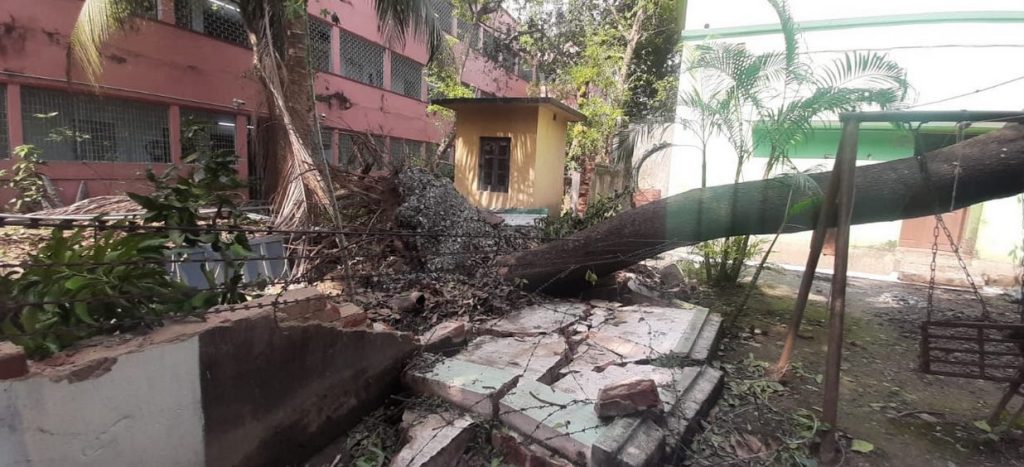
Lokkhi*, 40, who lives with schizophrenia, was found eating garbage and speaking to herself in the Kalighat area of Kolkata by Iswar Sankalpa field staff in 2012, a year after she was turned out of her in-laws’ home. Instead of becoming one of the many homeless women with mental illness taken by police to a public mental hospital, and institutionalised indefinitely, Lokkhi recovered quickly once housed in the Sarbari shelter for homeless women with psychosocial disabilities. She currently works in the Iswar Sankalpa cafe, often sending money to support her sons and building up savings in her bank account.
To ensure a life of interdependence for women like Lokkhi, the government would have to commit to community-centric approaches, which various disability organisations have shown to work, said Chandak Khemka.
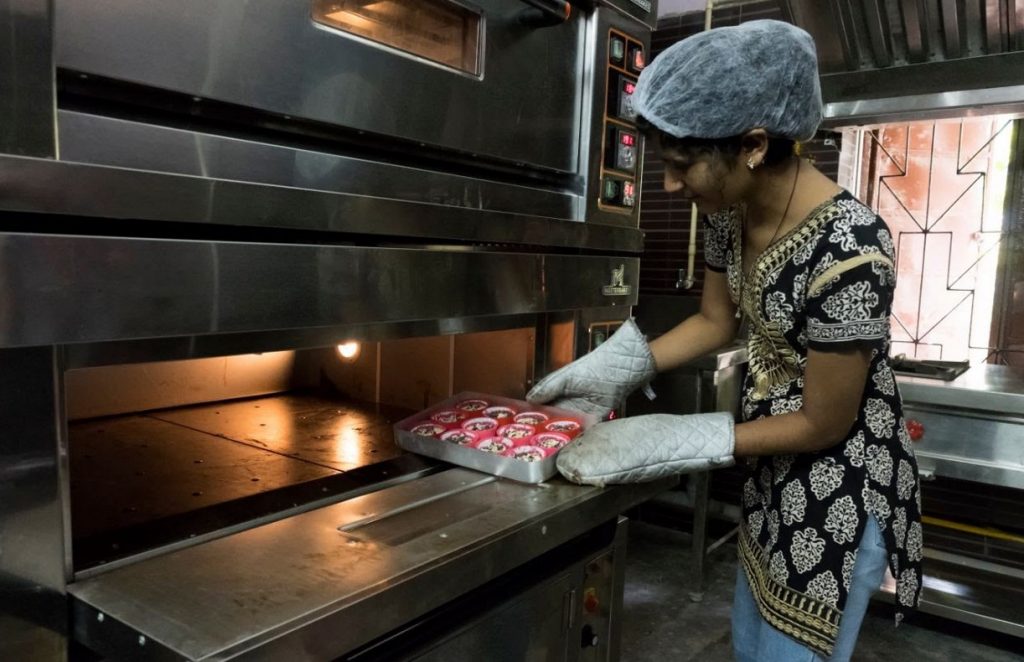
To move towards truly fulfilling obligations to the CRPD, government responses would have to incorporate lessons from the gaps in caring for persons with psychosocial disabilities during the COVID-19 pandemic, said Mabood, and strengthen a proactive approach to the economic aspects of disability.“There are so many restrictions on government financial support for persons with psychosocial disabilities. If you live in a government mental health institution, then you’re not eligible for a disability pension, but that forces a person who has no other support to remain institutionalised. To move out, you need money. The income ceiling also disqualifies persons who are employed, so disability pensions do not aim to enable full and effective participation of persons with disabilities.
Instead we have problematic schemes in many states incentivising people who marry persons with disabilities,” said Salelkar.
The MoRD task force had recommended in 2013 that the age restrictions for the IGNDPS be removed, the disability level be reduced from 80% to 40% and the pension amount be doubled for those with 80% disabilities. Seven years later, none of this has happened.
For many, becoming self-supporting and financially stable, as Lokkhi has, remains a dream. Jahanara Bibi and Jalaluddin Kazi tell IndiaSpend that if they only could manage to own a rickshaw–out of their reach at Rs 60,000–then perhaps they could move from struggling day to day to being able to breathe.
*Names changed to protect privacy.
About the Author: Riddhi Dastidar (@gaachburi) is a writer and researcher in Delhi. They hold an MA in Gender Studies from Ambedkar University, Delhi, where their research focused on embodiment and chronic psychiatric disability in women and queer persons. Riddhi lives with OCD and their work focuses on disability justice, gender and culture.)
ALSO READ:


